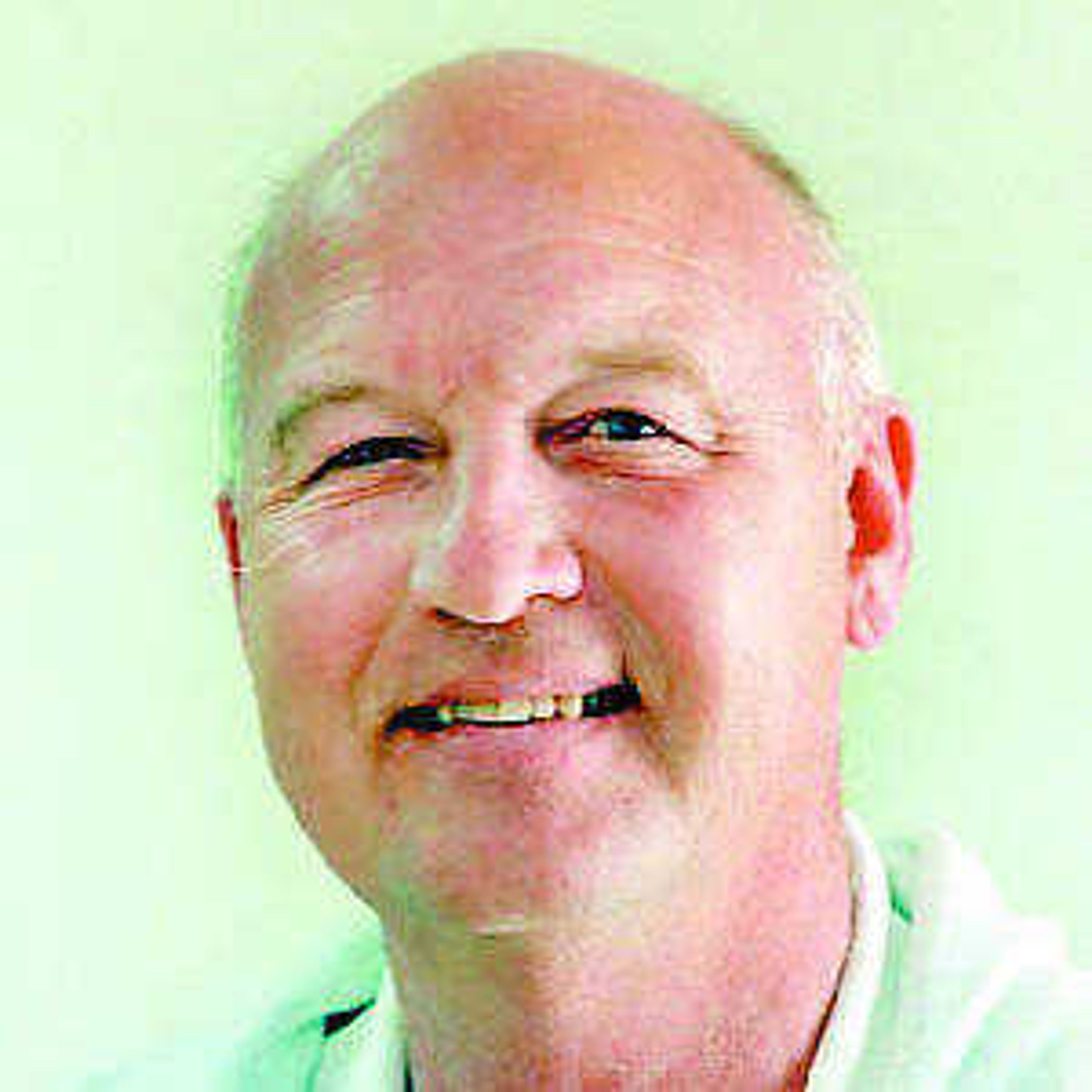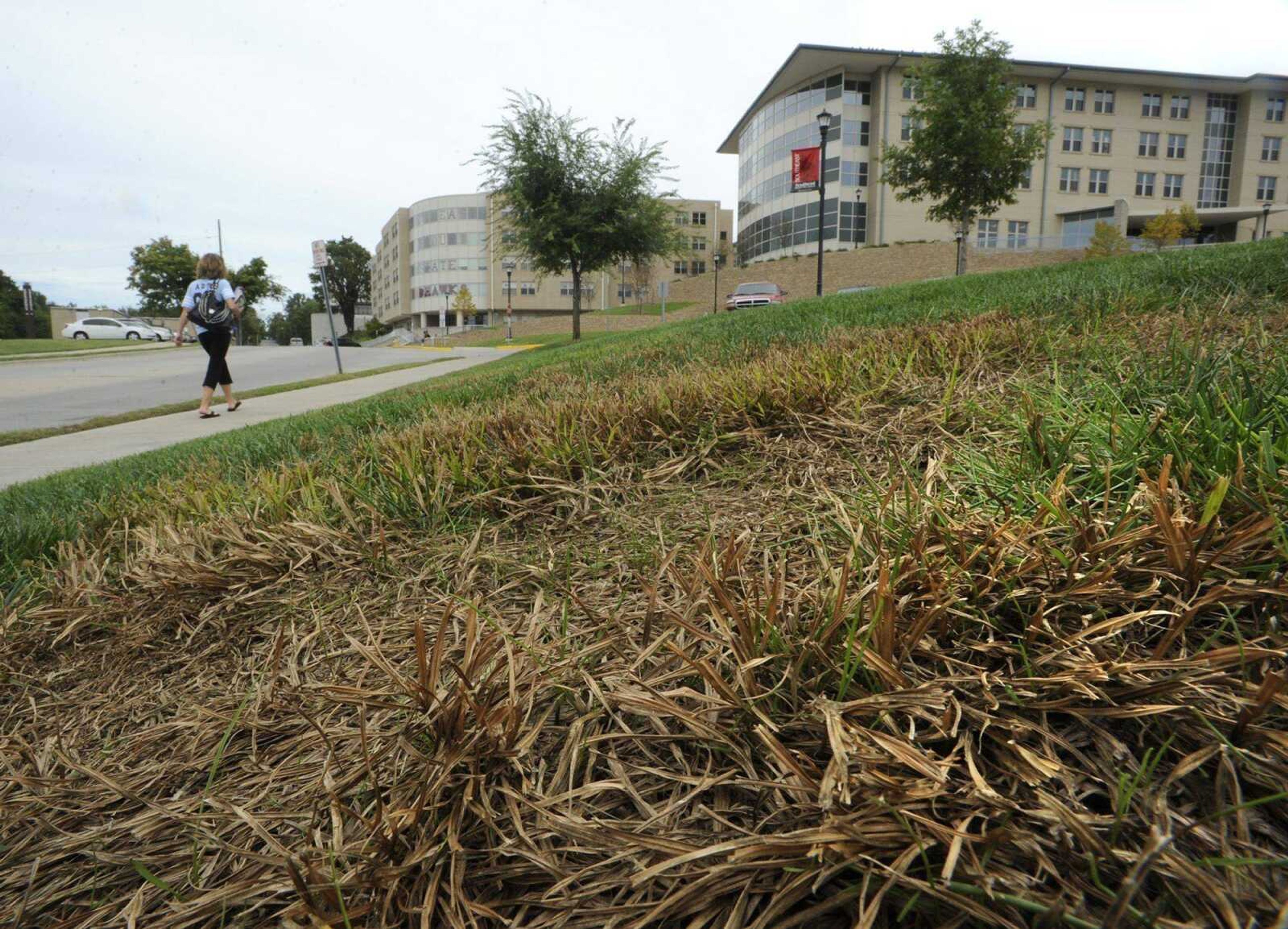How to get your lawn green again
I have been inundated with phone calls and visits from lawn owners who tell me their lawn looks worse this fall than it has in years. The conversation goes something like this:"Why does it look so bad? I watered the lawn every few days. I fertilized it faithfully. I sprayed for weeds. But now it is full of crabgrass, nutsedge, and it has large brown dead areas in it. What happened, and what can I do about it?"...
I have been inundated with phone calls and visits from lawn owners who tell me their lawn looks worse this fall than it has in years. The conversation goes something like this:"Why does it look so bad? I watered the lawn every few days. I fertilized it faithfully. I sprayed for weeds. But now it is full of crabgrass, nutsedge, and it has large brown dead areas in it. What happened, and what can I do about it?"
We will start with the question of "what happened?" First, our lawns suffered from a long dry spell. Secondly, we experienced extreme heat and high humidity. These conditions are perfect for lawn fungi, especially brown patch, to get established and to grow rampantly. The result was large brown areas in your lawn.
If you did little watering, your lawn may look bad, but parts of it may come out of dormancy and green up pretty well. If you watered a lot, then you increased the relative humidity above your lawn and consequently the brown patch got worse. In addition, the large dead areas provided no competition for germinating crabgrass, yellow nutsedge and other weeds. The result is a lawn full of weeds and large dead areas.
So, what do you do now? My suggestion is to follow the directions below and seed your lawn as soon as possible in order to get it back into shape.
First, spread seed over your lawn area. I would use a combination of different turf type tall fescues and add some blue grass to the mix. The turf type tall fescues unfortunately are susceptible to the disease brown patch, but otherwise, they are the best choice for cool season grasses in our area. The blue grass is not susceptible to brown patch, so its addition to the mix will fill in dead areas that result from brown patch.
Next, spread a starter fertilizer such as 9-13-7 over your lawn area. This fertilizer will encourage the new grass seedlings to put their energy into producing roots.
Probably the most important next step is to rent a verticutter and run it over your lawn in two different directions. The verticutter will work up the soil just enough to cover the lawn seed. You get better germination when lawn seed is planted in the ground, instead of just thrown on top of the ground.
Finally, water your newly seeded lawn on a daily basis until it has grown enough to have been mowed once or twice. Then back off on the watering.
You may ask the question, "What about the weeds in my lawn?" Get a good stand of grass and then worry about the weeds. If you try to kill weeds first, it will delay the time in the fall that you seed, which reduces your chances for success. In addition, new weeds will germinate when the grass seed germinates. This way you only have to control weeds one time instead of twice.
If your cool-season lawn needs an overhaul, follow the directions outlined above. Done correctly you can have a nice lawn again in about six weeks.
Send your gardening and landscape questions to Paul Schnare at P.O. Box 699, Cape Girardeau, MO 63702-0699 or by e-mail to news@semissourian.com.
Connect with the Southeast Missourian Newsroom:
For corrections to this story or other insights for the editor, click here. To submit a letter to the editor, click here. To learn about the Southeast Missourian’s AI Policy, click here.










